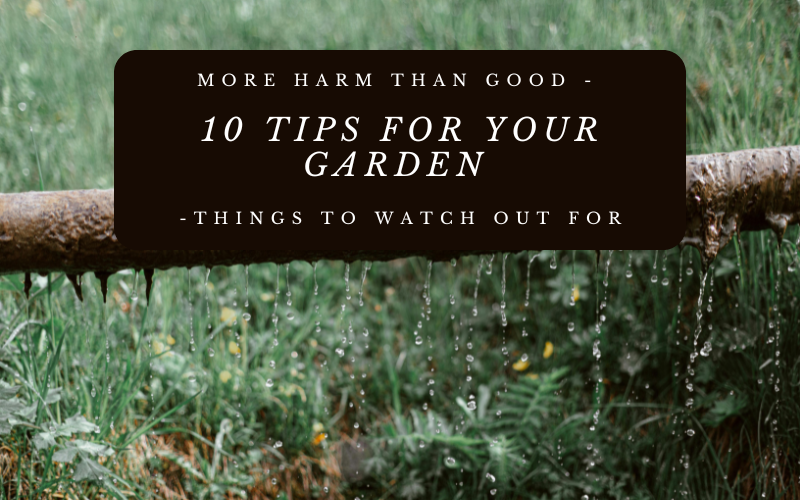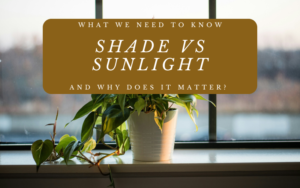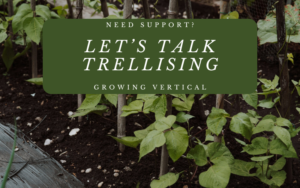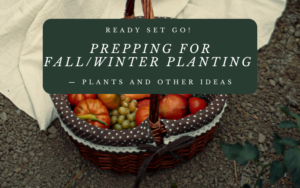Gardening is a past time that we all enjoy but there are some things that we have to watch out for as we go along with our planting journey. These might be things that you have already thought about, but for those of you that haven’t here is a list of 10 tips that might make your journey a little easier and your garden a little safer and more productive.
- Not Planning Out Your Garden
- No matter where you are in your gardening journey, take some time to plan out not only what you are going to grow for each season but where you are going to grow these plants. Some plants have different sun requirements and need to be placed in your garden accordingly.
- Planting You Seeds Too Deep
- Seeds usually require some type of heat source to begin their germination journey. If you plant your seeds too deep in the ground, they won’t receive that heat from the sun, stunting their growth.
- Ignoring Companion Planting
- Companion planting allows for different plants to be in a symbiotic growing pattern while also aiding to the pollination that occurs in your garden. Make sure to do your research on which plants can be grown alongside others as sometimes if not done correctly, your plants will be in competition, and you won’t get adequate and mature production out of your plants.
- Over Fertilizing
- Over fertilizing your plants can damage them in more ways than one. It can create a high salt concentration in your soil, messing up the ph levels. It can also harm the soil microorganism and cause poor root structure for your plants, reducing the number of flowers and fruits. Make sure you read and follow the labels accurately if you plan on using any fertilizers in your yard.
- Using Plastic Tarp Regularly
- Plastic trap is used in some gardens to try to reduce the number of weeds that pop up in yards, or just to keep tilled soil fresh. The problem is though, over long periods of time, the microplastics can leech into your soil messing it up. Try using cardboard and mulch method as an alternative.
- Not Pruning
- Pruning is the removal of certain parts of our plants. This helps improve structure and direct new and healthier branches to produce fruit by creating space for light to hit the plants where they otherwise wouldn’t hit.
- Not Mulching
- Mulching is the practice of putting a layer of organic (or inorganic) items around the base of your plants in order to retain water and reduce evaporation. They also aid in preventing weeds from sprouting up, taking up resources from your plants. Research and see which type of mulch will work best for you and your area.
- Overlooking Drainage
- Drainage is a very important part of the longevity and productivity of your plant. If your plant is submerged in water without a way for it to go then your plant can develop root rot which will hurt the entire plant. Make sure your soil can drain water properly. Look into the use of sand or rocks to break up the soil’s ability to be compacted over time.
- Planting Invasive Species
- It is important to do your research when you are looking to bring new plants into your garden. Some plants are invasive and will not only take up the space that you had originally planned for other plants, but they can also drain the nutrients in your soil that those plants were going to use.
- Not Keeping Tools Clean
- Not keeping your tools clean can lead to different pathogens spreading among your plants unintendedly. Make sure to wipe them down when moving between plants as well as when you are all finished with your work. This also protects the longevity of your tools, reducing your costs by replacing them every few years.
For now, though, I hope these were some helpful garden tips and things to remember as you are going into your new season of gardening. Remember to fall in love with the process and reach out to your local nurseries for any questions and help!
Until next time, as always, Plant with a Purpose! – BTR




